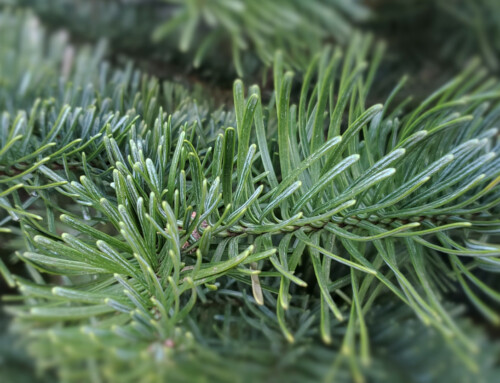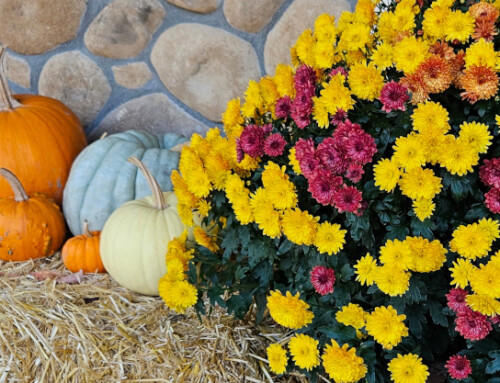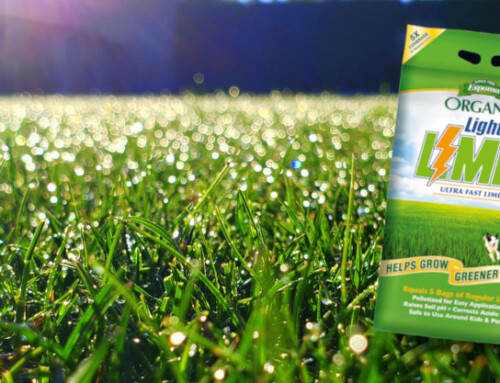| Lotus ‘Amazon Sunset’ –fertilize it and watch it bloom! |
For many people, gardening each year goes like this: buy beautiful plants, admire how they look in the yard, tend to faithfully for awhile…and then, suddenly, they don’t look so great and you wonder what happened. Sound familiar? It’s happened to all of us—even the most experienced gardeners have failures.
In order to thrive, any plant needs three basic things: water, food, and a catch-all category we’ll call “care”—more on that below. First, commit yourself to keeping your plants watered. Annuals, while the brightest and most prolific bloomers of any plants in your yard, will require more regular watering than shrubs or perennials, and those in pots or hanging baskets need extra attention. At Vander Giessen Nursery, every Lynden Basket we grow and sell comes with a recommendation to water daily until the water starts to drip out the bottom of the basket. In cool, wet weather, that’s not necessary—but with that exception, plan to water often.
For shrubs, perennials and trees planted directly in the ground, take a two-step approach to watering. In the weeks immediately following planting or transplanting, expect to water regularly to keep the soil evenly moist. Young and recently-moved plants can stress easily if left to dry out. As many plants start to grow, however, it’s a good idea to encourage deeper root development with less frequent and longer watering intervals; for plants like roses, they prefer deep, more infrequent soakings anyway. There are exceptions, however, so always consult a nursery professional if you’re unsure how much to water and when.
Now, for food. Plant nutrition is a huge subject in itself, so I don’t intend to offer information for how to feed every plant in your yard. But note this: if it’s alive and growing, it probably needs food. Like with water, annuals require the most consideration, so take time once a week to use a water-soluble fertilizer like Jack’s Classic to promote growth and flowering all summer long. This is especially true for hanging baskets as flowers can quickly deplete nutrients available in the pot.
Perennials and shrubs also benefit from feeding, although for most, once a year is usually sufficient. Mix compost or slow-release fertilizer into the soil around the edge of the plant each spring to promote healthy new growth. Some plants have specific needs—acid-loving plants like rhododendrons and azaleas, for instance, prefer specialized fertilizer for their needs; roses also require a more specialized fertilizer. Ask a nursery professional for recommendations if you’re unsure what to feed your plants.
Lastly, the catch-all category: care. Some people might call this “TLC,” others, simply “love.” Plants perform best when you take some time to keep them looking good. Maybe it’s deadheading spent flowers or spreading slug bait before your hostas get chewed up. Maybe it’s taking time to prune out some dead branches in a tree after last winter’s hard freezes. Whatever the task, in this aspect, plants are a lot like people and pets—they just want to be loved. Take some time occasionally to simply wander around your yard and note what could use a light pruning, what might need an extra boost of fertilizer or where you might need to spray for bugs. Ultimately, a little investment of time can go a long way toward a nicer yard.
Whether you’re finished planting for the season or have just started in the last couple of weeks, make the most of your investment by offering your plants faithful care through the summer. In the end, they’ll be happier, and with beautiful flowers and lush plantings all season long, so will you.







Leave A Comment